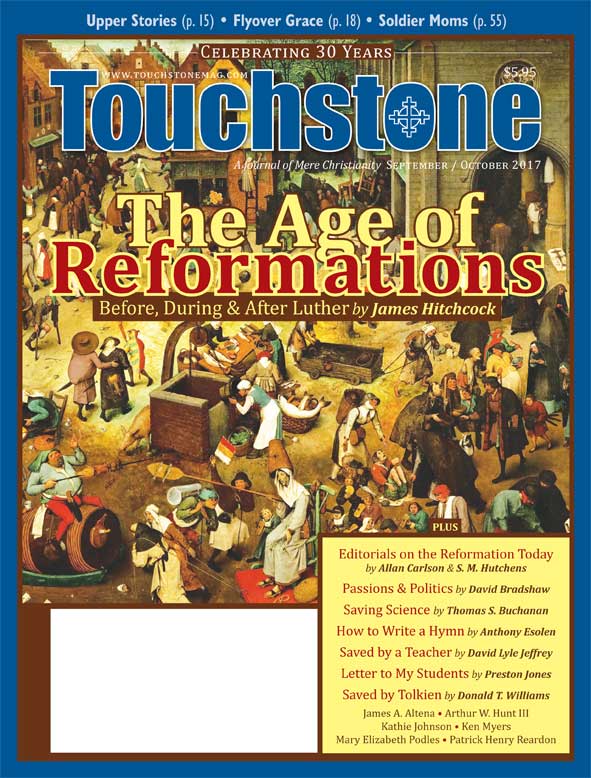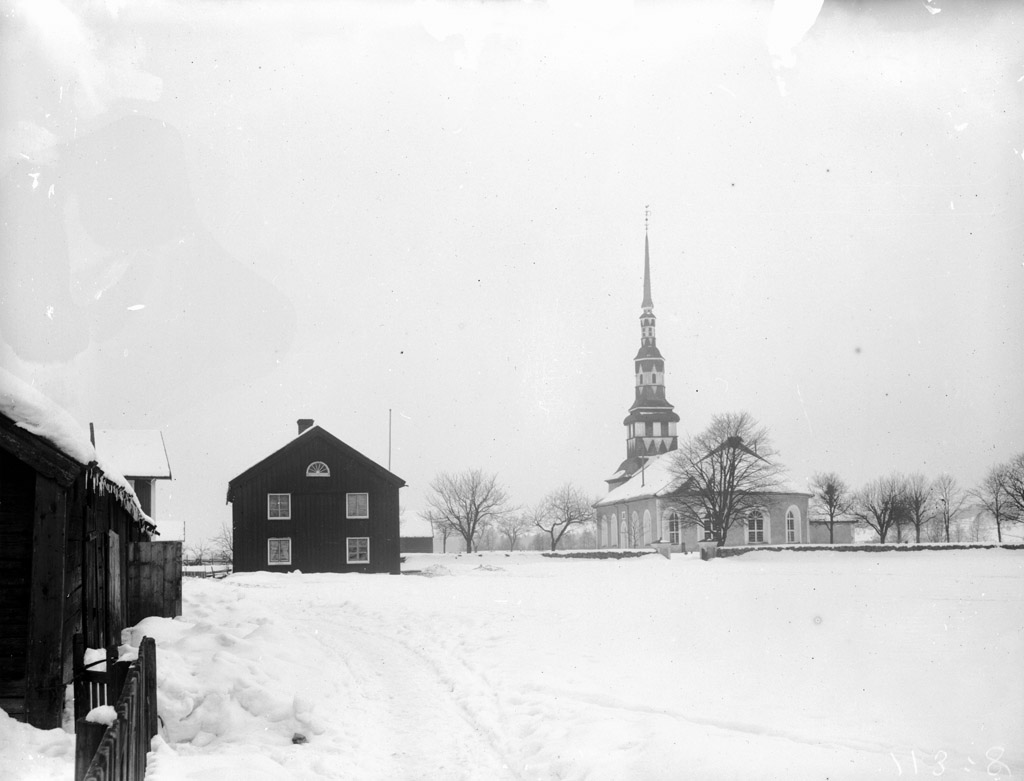First Books
American History II
by Kathie Johnson
In my last column, I featured historical fiction represented in picture books. Now, I'd like to turn to the next reading level—what I call "Middle Fiction," which is generally for the first- to fourth-grader. There is quite a range, from books with lots of pictures to books that have no pictures but are fairly short and have lots of "white" on each page. Children of this age are generally becoming interested in the lives of people from different times, so these books are often popular.
Book Series
There are several good series of historical fiction for this stage. "My America" is a branch of the "Dear America" series, but for younger readers. The books, which are generally written by experienced children's authors, give a picture of a period in American history through the diary of a child. Included are Corey's Underground Railroad Diaries, Hope's Revolutionary War Diaries, Elizabeth's Jamestown Diaries, and Virginia's Civil War Diaries. No pictures in these, but large print and just 100 pages. The "American Girl" books feature characters from many periods of American history, including colonial, frontier, and World War II.
Another series is "Once Upon America." These books have about 50 pages each, but are denser than those described above, and there are a few pictures. Included are The Day It Rained Forever (The Johnstown Flood), Close to Home (the polio epidemic), Red Means Good Fortune (the Chinese immigrant experience in San Francisco), and Night Bird (the Seminole Indians).
Native Americans
Besides these series, there are a huge number of books written for this level, which I can only touch on here. For Native Americans, try Buffalo Jump, by Peter Roop, in which a young boy wants to go on a hunt with the men and earn a name for himself. Journey to Cahokia by Albert Lorenz, with beautiful illustrations, tells of a boy who goes with his tribesmen to visit a great mound city along the Mississippi River. Conquista, by Clyde Robert Bulla (who writes many books for this level) is a tale of what happened when the explorer Coronado lost a horse and what the Native Americans thought of it.
Colonial Times
For colonial days, a classic is The Courage of Sarah Noble by Alice Dalgliesh, which tells the story of a young girl and her father in early Connecticut. Iris Vinton's Boy on the Mayflower brings the Pilgrim crossing to life. Jean Fritz's Who's Saying What in Jamestown, Thomas Savage? tells about a boy (a real person) who was asked to live with the Indians in order to become an interpreter and got to know Pocahontas.
An excellent and well-liked series on this period is "Adventures in Colonial America," by James E. Knight. The books are about 30 pages long, with illustrations on each page. They cover a wide range of colonial experiences. For example, The Farm—Life in Colonial Pennsylvania tells of a 16-year-old boy who came to America as an indentured servant and looks back on his five years of work.
American Revolution
For the American Revolution, you might try Robert Quackenbush's Daughter of Liberty, in which a young woman volunteers for a dangerous mission, or Dorothy Hoobler's The Sign Painter's Secret, in which a girl's home is being lived in by British officers and she is secretly sent to see General Washington. In Samuel's Choice, by Richard Berleth, a young African American boy sees the fighting between the colonists and the British and must decide whom to help. In an unusual story—Martin's Important Day by Judith Maciel—a personified mug tells about how he feels when he is left on the shelf, until the day George Washington arrives. Stephen Krensky's Dangerous Crossing tells the story of John Adams and his son traveling to France to ask the French to help the colonists. Finally, Redcoats and Petticoats, by Katherine Kirkpatrick, tells how a family on Long Island helps the colonial forces: the mother conveys messages by the way she hangs the laundry on her line, and her son goes on seemingly trivial errands that are actually of great importance to the colonial army.
The Civil War
For the Civil War, a lovely book is The Tin Heart by Karen Ackerman. Two girls live on opposite sides of the Ohio River. One girl's father operates a ferry, and the girls become fast friends. When the war starts, their fathers are on opposite sides, and the girls no longer see each other, until one momentous night. . . .
In Seeing the Elephant, by Pat Hughes, a ten-year-old boy wants to join the Union army like his two older brothers. He is invited to Washington, D.C., to visit his aunt, who is an army nurse. While there, he gets to know a Rebel soldier, and he begins to develop a new perspective on the war. In A Spy in the Sky, by Kathleen Karr, a boy helps a balloonist who is sending messages to the Union army.
The Frontier
For life on the frontier, there are many books to choose from. Berchick, by Esther Blanc, is the story of a frontier Jewish family in Wyoming that adopts an orphaned horse. Jean Fritz's The Cabin Faced West tells of a girl living in the Pennsylvania wilderness, who misses her friends in Gettysburg. My Prairie Year, by Brett Harvey, is based on the diary of a nine-year-old girl whose family moved from Maine to the Dakota Territory. Pony Bob's Daring Ride, by Joe Bensen, is a story about the days of the Pony Express. In Gloria Whelan's Next Spring an Oriole, a ten-year-old girl and her family travel from Virginia to frontier Michigan, where she meets a Native American girl.
Miscellany
Three more books from miscellaneous periods will round this off. Marissa Moss's Rose's Journal is about a girl growing up during the Great Depression—in Kansas, amid the dust storms. The Snow Walker, by Margaret Wetterer, tells of the great blizzard of 1888 in New York City. Fire at the Triangle Factory, by Holly Littlefield, gives a picture of the lives of factory workers in the early 1900s and the dangers they faced.
Children grow in their understanding of the larger world when they meet characters of their own age who have lived in very different times and places. Especially in our current age, when children tend to spend too much time on computers and iPhones, it is important to introduce them to other ways of living.
Kathie Johnson has always had a love for children's books. She collected many as a teacher and began sharing them with other teachers. In 1986, she opened a children's library in her home, and it has continued to expand over the years. Many home-schooled and schooled children borrow books from it, and she takes great pleasure in finding the "right" book for a child. She attends First Presbyterian Church in Berkeley.
bulk subscriptions
Order Touchstone subscriptions in bulk and save $10 per sub! Each subscription includes 6 issues of Touchstone plus full online access to touchstonemag.com—including archives, videos, and pdf downloads of recent issues for only $29.95 each! Great for churches or study groups.
Transactions will be processed on a secure server.
more on childrens books from the online archives
more from the online archives
calling all readers
Please Donate
"There are magazines worth reading but few worth saving . . . Touchstone is just such a magazine."
—Alice von Hildebrand
"Here we do not concede one square millimeter of territory to falsehood, folly, contemporary sentimentality, or fashion. We speak the truth, and let God be our judge. . . . Touchstone is the one committedly Christian conservative journal."
—Anthony Esolen, Touchstone senior editor










